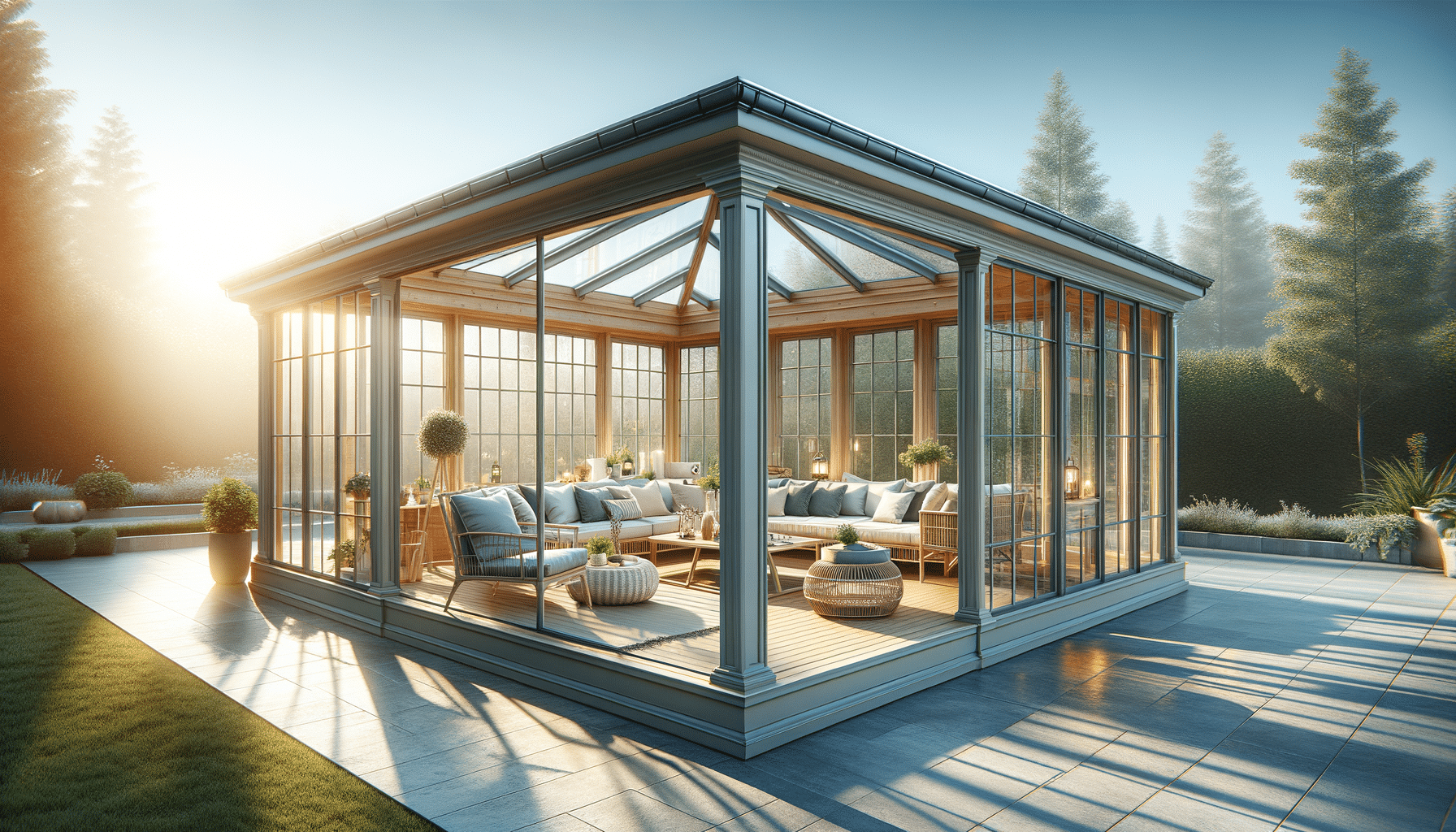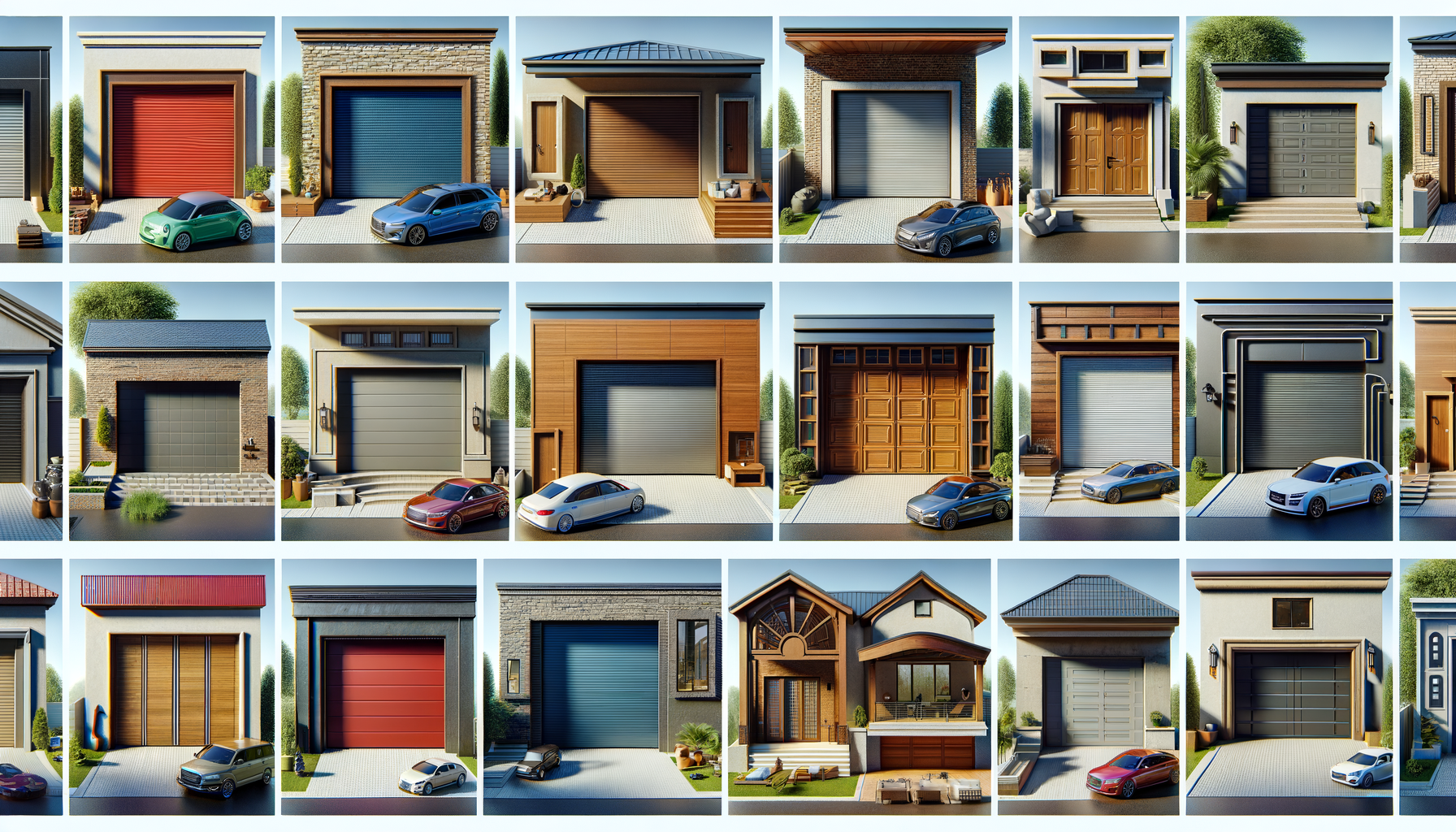Understanding the Concept of a Sunroom
A sunroom, often referred to as a solarium or a conservatory, is an architectural feature that brings the beauty of the outdoors into the comfort of your home. Typically constructed with large glass windows or walls, a sunroom serves as a versatile space that can be used for relaxation, entertainment, or even as a greenhouse for plants. The primary appeal of a sunroom is its ability to offer a panoramic view of the surrounding environment while protecting occupants from the elements. With natural light flooding the space, sunrooms provide a serene and inviting atmosphere. They can be designed to complement the existing architecture of a home, making them a popular choice for homeowners looking to enhance their living spaces.
Sunrooms can vary greatly in design and functionality. Some common types include:
- Three-season sunrooms: Suitable for use in spring, summer, and fall, these rooms are not typically insulated for winter use.
- Four-season sunrooms: These are insulated and equipped with heating and cooling systems, allowing year-round use.
- Conservatories: Often more ornate and traditional in design, conservatories are used for growing plants and as elegant sitting areas.
Incorporating a sunroom into your home not only boosts its aesthetic appeal but can also increase its market value. Whether you envision a cozy reading nook or a lively family gathering space, a sunroom offers endless possibilities for customization and enjoyment.
The Process of Sunroom Installation
Installing a sunroom is a significant home improvement project that requires careful planning and execution. The process begins with selecting the right location, which is often determined by factors such as sun exposure, privacy, and accessibility. Ideally, a sunroom should be situated in an area that receives ample sunlight throughout the day, enhancing its functionality and energy efficiency.
Once the location is determined, the next step involves designing the structure. This includes choosing the type of sunroom, the materials to be used, and the overall layout. Many homeowners opt for custom designs that reflect their personal style and meet specific needs. Common materials used in sunroom construction include aluminum, wood, and vinyl, each offering distinct advantages in terms of durability, maintenance, and aesthetics.
The installation process itself typically involves several key steps:
- Foundation preparation: Ensuring a solid and level foundation is crucial for the stability of the sunroom.
- Framing and glazing: The frame of the sunroom is constructed, and glass panels are installed to create the walls and roof.
- Insulation and finishing: For four-season sunrooms, insulation is added to maintain temperature control, followed by interior and exterior finishing touches.
It’s important to work with experienced professionals to ensure the project is completed safely and to code. A well-installed sunroom can offer years of enjoyment and add significant value to your home.
Exploring Sunroom Design Options
The design of a sunroom can greatly influence its functionality and aesthetic appeal. When planning a sunroom, homeowners have the opportunity to create a space that reflects their personal style and complements the existing architecture of their home. One of the first considerations is the type of sunroom that best suits the intended use. For those who wish to enjoy the space year-round, a four-season sunroom with proper insulation and climate control is ideal. Alternatively, a three-season sunroom can provide a delightful retreat during milder months.
Design elements such as window treatments, flooring, and furniture play a crucial role in creating a comfortable and inviting atmosphere. Popular flooring options include tile, hardwood, and laminate, each offering durability and ease of maintenance. When it comes to furniture, choosing pieces that are both stylish and weather-resistant is key, especially for sunrooms that may be exposed to varying temperatures and sunlight.
Incorporating plants and greenery can enhance the natural feel of a sunroom, creating a seamless transition between indoor and outdoor spaces. Additionally, thoughtful lighting design can ensure the space remains usable and welcoming even after the sun sets. By combining functional design with personal touches, homeowners can create a sunroom that serves as a cherished extension of their living area.
Benefits of Adding a Sunroom to Your Home
Adding a sunroom to your home offers a multitude of benefits that extend beyond mere aesthetic appeal. One of the most significant advantages is the increased natural light that a sunroom provides. Exposure to natural light has been shown to improve mood, boost productivity, and enhance overall well-being. A sunroom allows you to enjoy these benefits while providing a comfortable space to relax and unwind.
From a financial perspective, a sunroom can also increase the value of your home. Buyers are often attracted to homes with unique features that offer additional living space, and a well-designed sunroom can be a major selling point. Furthermore, sunrooms can serve a variety of purposes, from a cozy reading nook to an elegant dining area, making them a versatile addition to any home.
Environmentally conscious homeowners will appreciate the energy-saving potential of a sunroom. By strategically positioning the sunroom to capture sunlight, you can reduce the need for artificial lighting and heating, leading to lower energy bills. Additionally, the use of energy-efficient materials and design techniques can further enhance the eco-friendly aspects of a sunroom.
Ultimately, a sunroom is a valuable investment that enhances both the functionality and enjoyment of your home, offering a bright and inviting space to be cherished for years to come.
Tips for Maintaining Your Sunroom
Once your sunroom is installed, proper maintenance is essential to ensure its longevity and continued enjoyment. Regular cleaning is a fundamental aspect of maintenance, as the glass panels in a sunroom are prone to collecting dust and debris. Using a gentle glass cleaner and soft cloth can help keep the windows sparkling and clear.
In addition to cleaning, inspecting the structural components of the sunroom is crucial. Check for any signs of wear and tear, such as leaks, cracks, or damage to the seals. Addressing these issues promptly can prevent more significant problems and costly repairs in the future.
For sunrooms with HVAC systems, regular servicing is recommended to ensure efficient operation. This includes changing air filters, checking for leaks, and maintaining the thermostat. Proper climate control not only enhances the comfort of the sunroom but also contributes to energy efficiency.
Another important aspect of sunroom maintenance is the care of any plants or greenery. Ensure that plants receive adequate water and sunlight, and consider rotating them periodically to promote even growth.
By following these maintenance tips, you can preserve the beauty and functionality of your sunroom, allowing you to enjoy this unique space for many years to come.




Leave a Reply